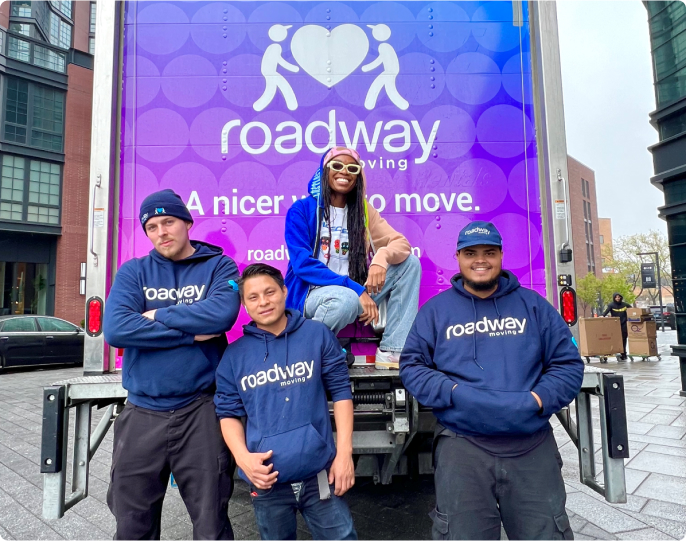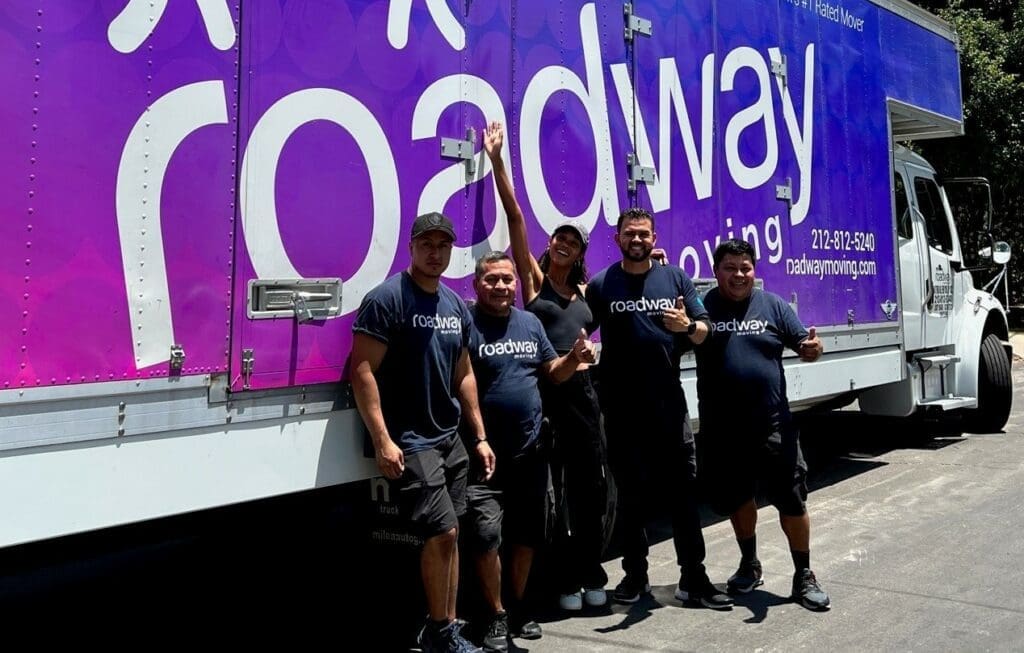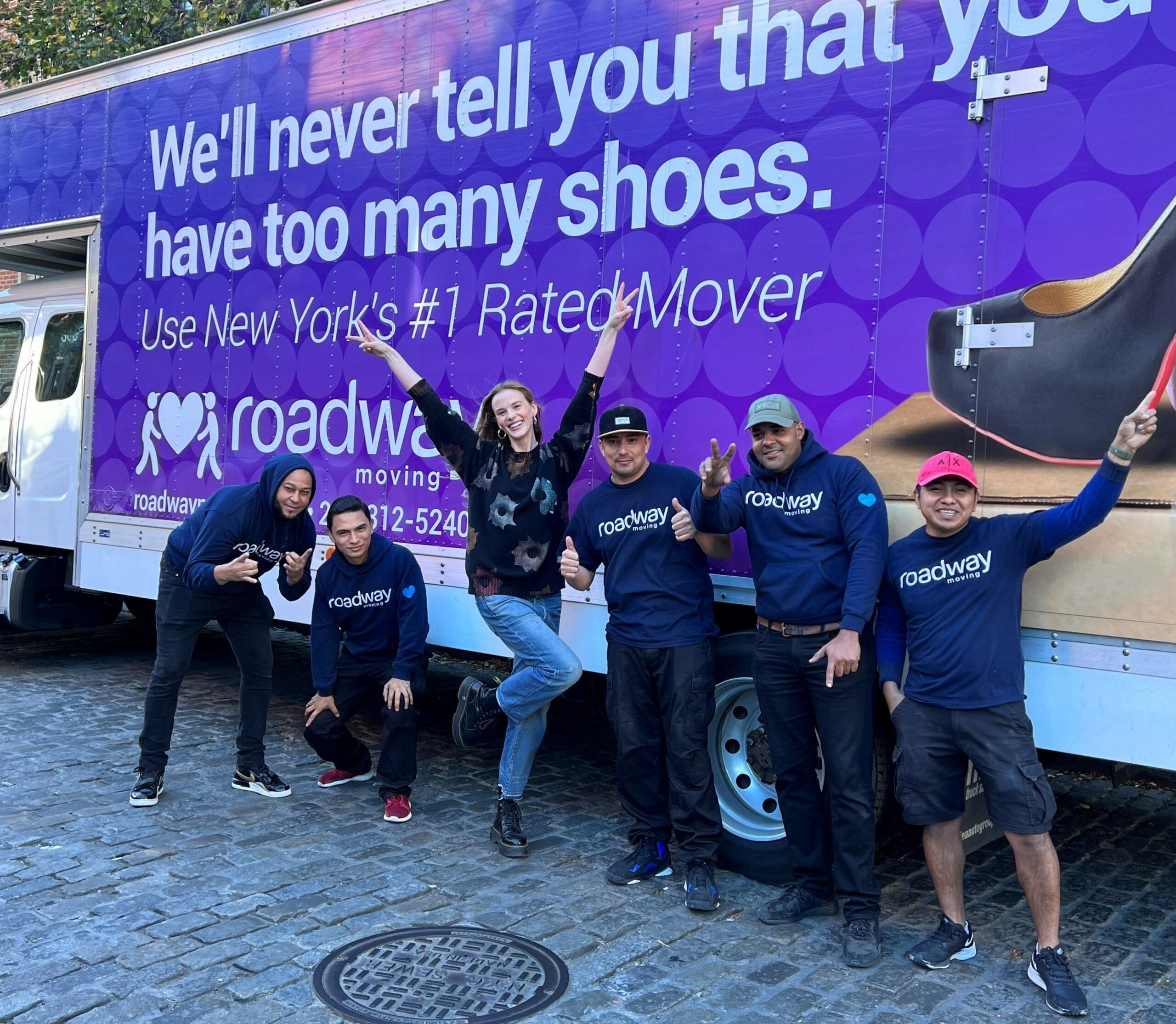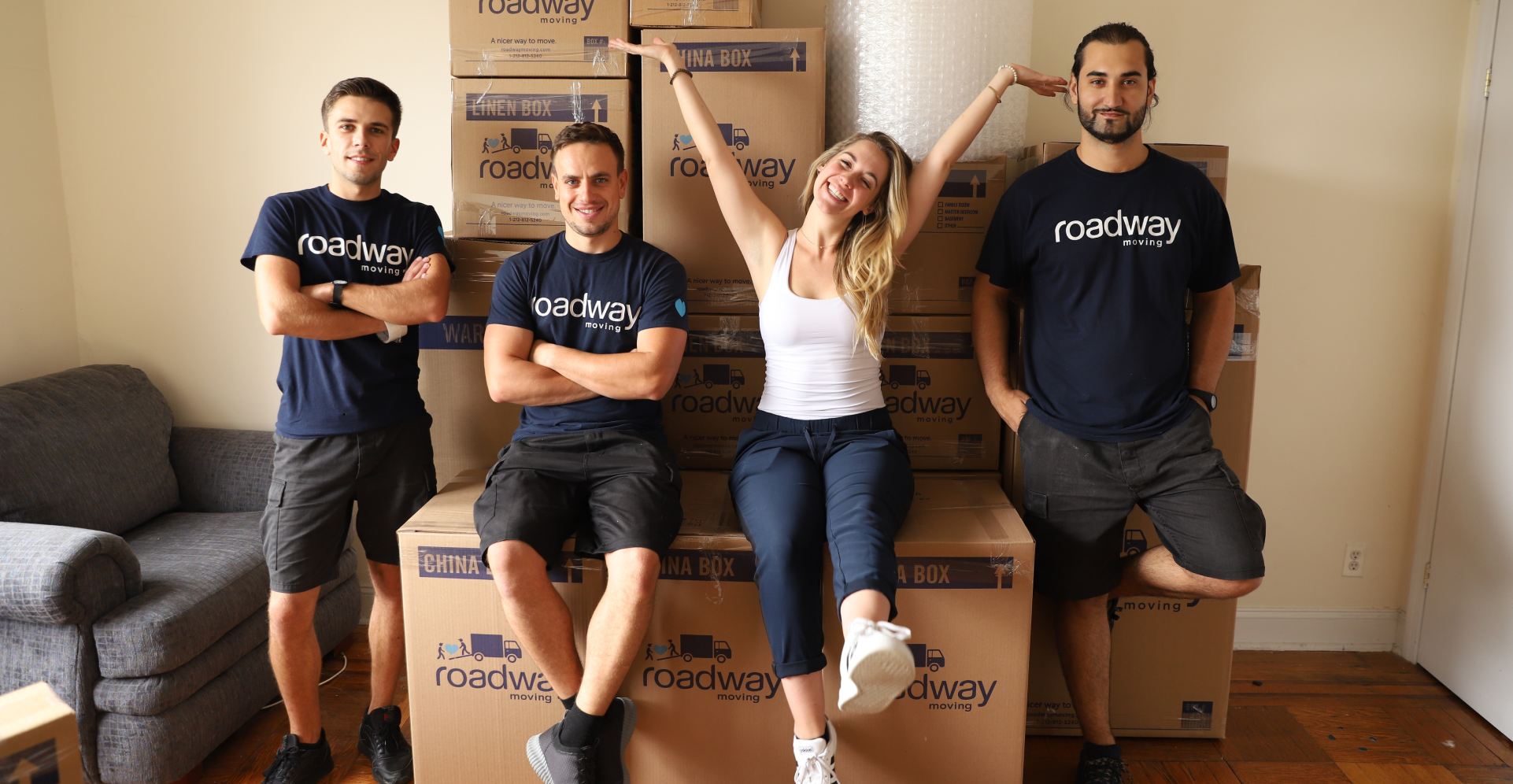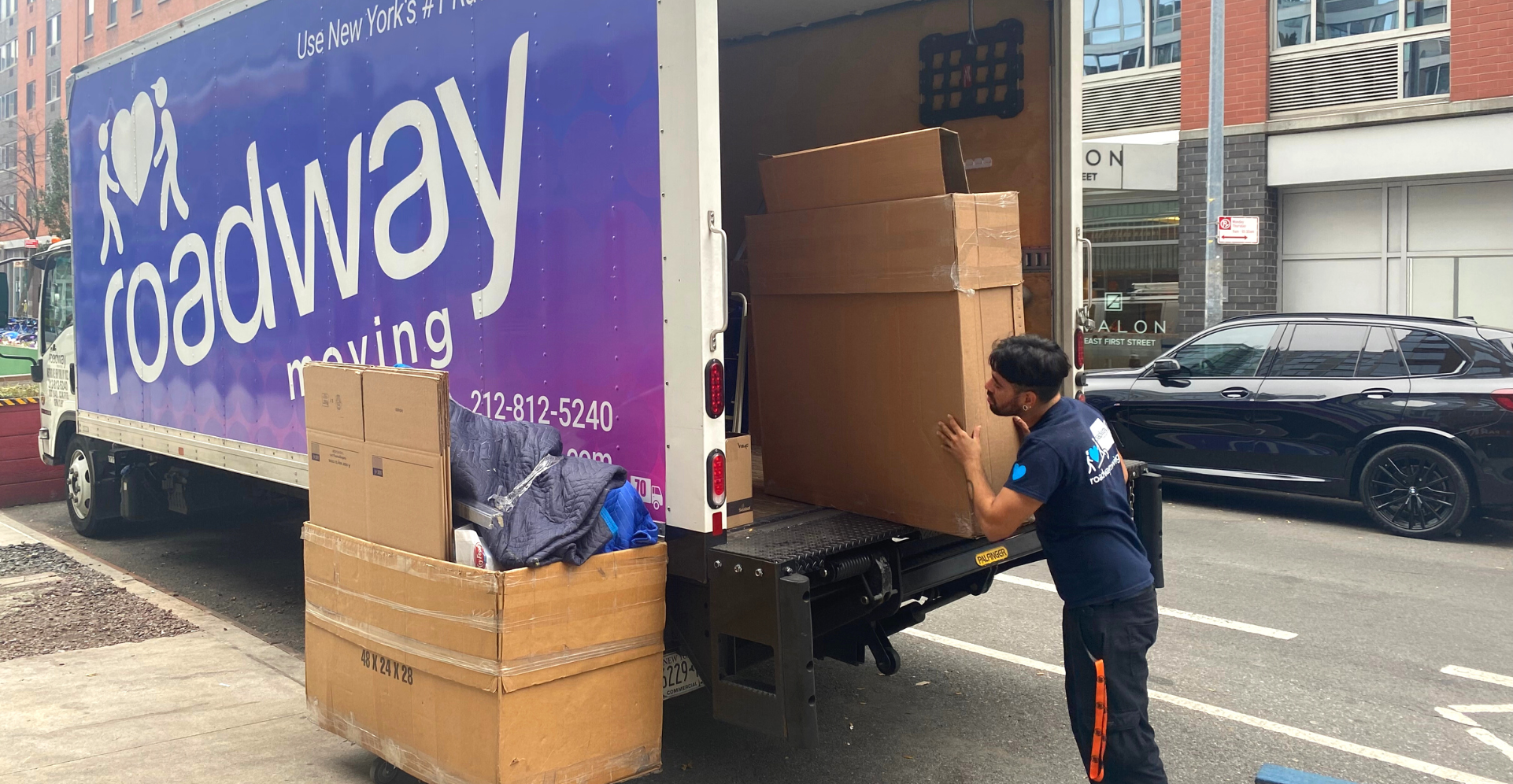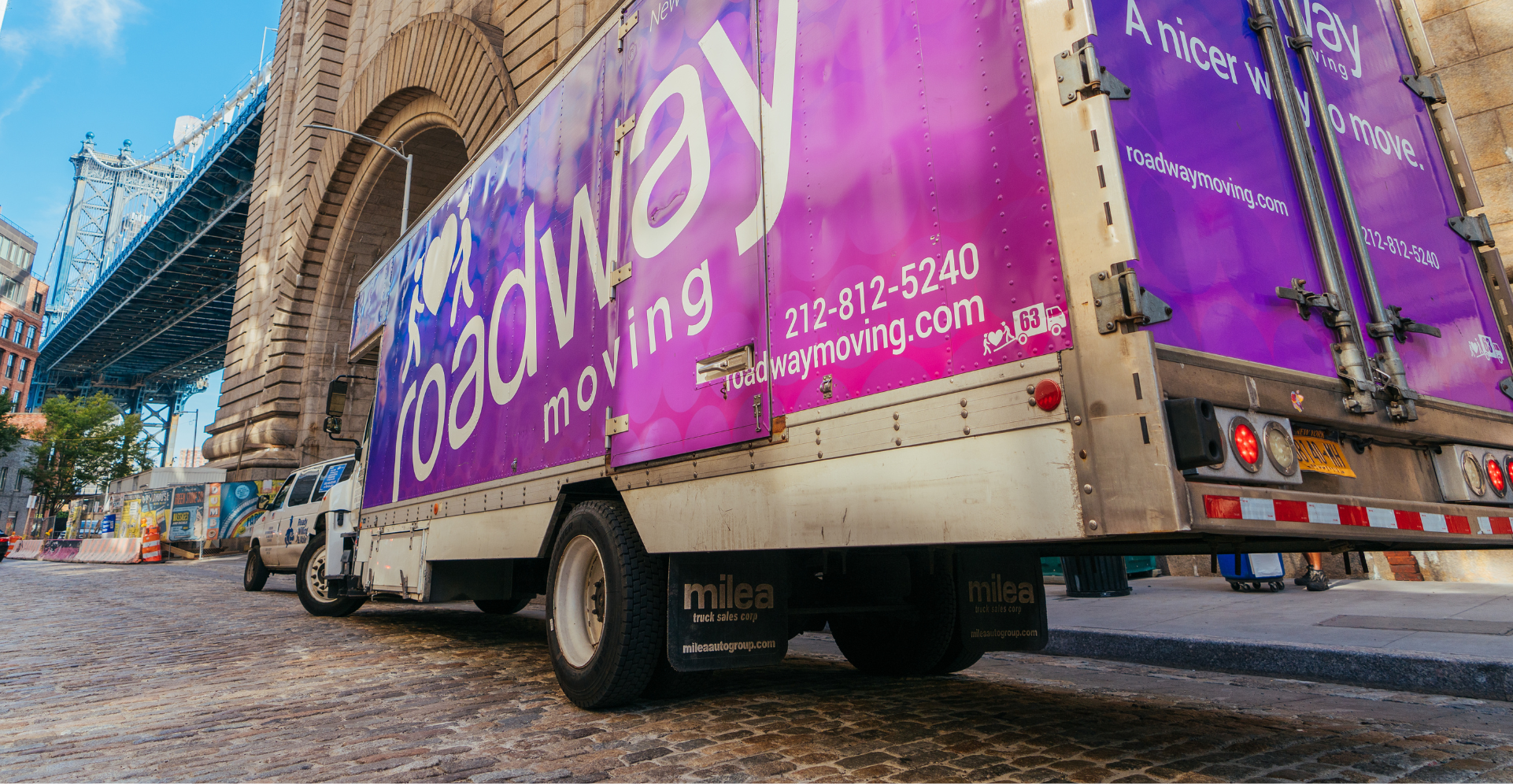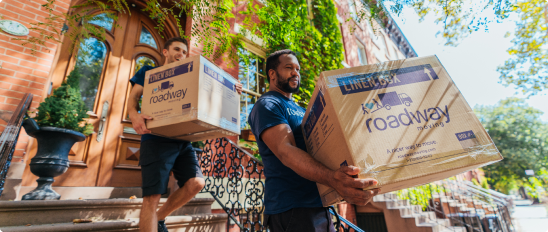How to Sublet Your Apartment in NYC: A 5-Step Guide







New York City, the city that never sleeps, is known for its vibrant neighborhoods, diverse culture, and sky-high rents. In such a bustling metropolis, subletting your apartment can be an attractive option, whether you’re traveling, temporarily relocating, or just looking to share your space. However, before you dive into the world of subletting in the Big Apple, there are some key points to consider. In this guide, we’ll walk you through 5 steps you should follow to sublet in New York City.
1. Know the Legal Landscape: Subletting for Less Than 30 Days is Illegal
One of the first things you should be aware of is that subletting your apartment for less than 30 days is generally illegal in New York City, especially if you are renting out the entire apartment while you’re away. However, there is an important exception: if you’re subletting only a room in your apartment and you, as the tenant, are staying there during the rental period, it may be legal for a shorter duration.
Short-term rentals are typically only permitted in buildings specifically zoned for such purposes, like dormitories or hotels. Most residential buildings in NYC do not have the necessary permissions to accommodate short-term renters for entire apartments, so be sure to check both your building’s rules and local zoning laws before considering any subletting arrangement.
2. Utilize Airbnb and Other Platforms with Caution
While platforms like Airbnb have become synonymous with short-term rentals, it’s important to navigate this space carefully in New York City. Stricter laws have been put in place to regulate Airbnb listings. If you intend to list your space for short-term renting (less than 30 days), you’ll need to obtain a short-term renting permit from the city. However, if your plan is to host guests for periods longer than 30 days, you can still use Airbnb without this specific city permit. Keep in mind that the regulatory environment for short-term rentals can change, so it’s essential to stay up-to-date with the latest regulations.
3. Notify Your Landlord and Follow the Rules
Before subletting your apartment, you must notify your landlord and provide them with a 30-day notice. Under New York law, landlords cannot unreasonably withhold the right to sublet. However, they can refuse to sublet with a valid reason, such as concerns about the proposed subtenant’s financial stability. During the 30-day notice period, your landlord may request additional information or documentation regarding your subtenant. If your landlord does not respond within the allotted time, you can assume that they have granted approval by default.
4. Understand Rent-Stabilized Apartments and Their Restrictions
If you’re in a rent-stabilized apartment, you can still sublet it, but there are specific restrictions to keep in mind. You can sublet the apartment for a maximum of 2 years at a time, and you cannot sublet it indefinitely. If your apartment is unfurnished, you can charge your subtenant the same rent you pay. However, if you leave the apartment furnished, you can add a 10% premium to the rent. Additionally, you must always maintain your rent-stabilized apartment as your primary residence to be eligible for subletting.
5. Sign a Sublease Agreement
Subleasing your apartment is a contractual agreement, so it’s crucial to set clear expectations with your subtenant. Both parties should agree on the rent, security deposit, timeline, and any other relevant rules. Once you’ve received approval from your landlord to sublet, have your subtenant sign a sublease agreement that outlines all these terms. Be sure to include essential details like the sublease term, the subtenant’s name and contact information, the reason for the sublet, and any required consents from co-tenants or guarantors.
In summary, subletting in New York City can be a viable option to offset your rent or make the most of your living space when you’re away. However, it’s crucial to be well-informed about the legal requirements, restrictions, and responsibilities involved in subletting.
By following these five steps and staying informed about current regulations, you can navigate the world of subletting in the Big Apple successfully. Happy subletting!
